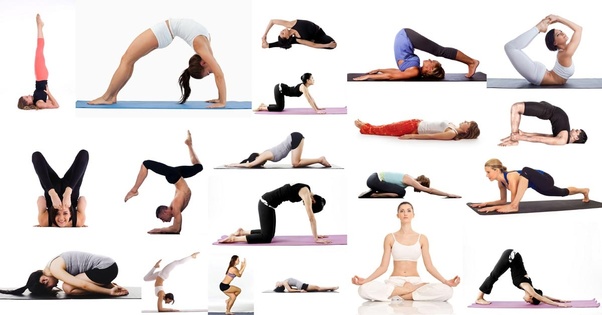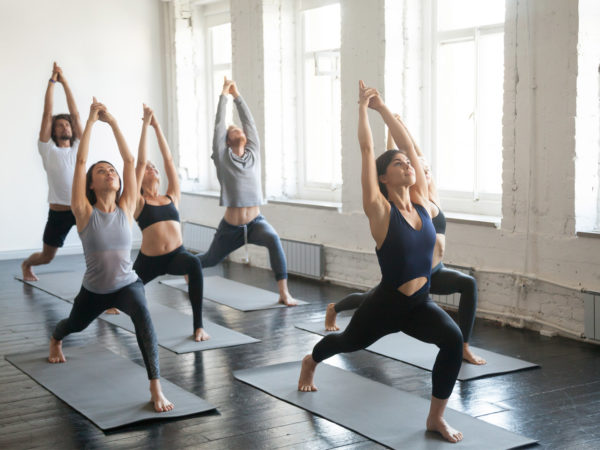Yoga was first developed in India around 5,000 years ago. Since then, the practice has evolved into dozens of different types of yoga, including:
Bikram. Sometimes called hot yoga, Bikram is practiced in rooms that are warmed to 100 to 110 degrees Fahrenheit. It usually involves practicing a cycle of 26 poses during 90-minute classes.
Anusara. Anusara is an anatomically based yoga style that focuses on opening the heart. It emphasizes proper body alignment.
Viniyoga. This style of yoga works to coordinate breath and movement. It’s an individualized practice that can work well for people with arthritis and related conditions.
Kripalu. Kripalu is rooted in meditation and breath. It’s often taught in three stages. The first is recommended for people with arthritis, as it teaches the basics of the poses and anatomy.
Iyengar. Designed to build strength and flexibility, this type of yoga often involves using lots of props to get the body into proper alignment for each pose. The postures are held for longer periods of time than they are in other styles of yoga. It is generally regarded as safe for people with arthritis.
Ashtanga. Ashtanga yoga involves brisk flows synchronized with the breath. It’s a physically demanding style of yoga that may not be suitable for people with PsA.
Benefits of yoga for psoriatic arthritis

There’s limited scientific evidence of the benefits of yoga specifically for PsA. However, research suggests that a regular yoga practice can have many positive effects that mitigate some of the physical symptoms associated with this condition, including:
- pain relief, especially in the neck and back
- increased pain tolerance
- improved balance
- increased blood flow
- enhanced flexibility
- greater muscle strength
- increased endurance
Yoga is much more than a physical practice — it’s a form of mind-body fitness. It can also provide a number of emotional and psychological benefits, including:
- a sense of calmness
- relaxation
- stress relief
- greater energy to live life fully
- reduced symptoms of depression
- improved self-confidence
- optimism
Precautions before starting yoga
It’s always a good idea to check in with your doctor before trying yoga or any other type of exercise. Your doctor can provide guidance on specific movements to avoid, recommended duration of physical activity, and the degree of intensity you should strive for.
You should also pay attention to how your body is feeling both before and throughout your yoga practice. Putting unnecessary strain on inflamed joints could worsen a flare-up. If a specific pose or flow causes you pain, stop that activity right away. Always listen to your body and adjust as necessary.
Certain poses and yoga styles may not be suitable to some people with arthritis. The Arthritis Foundation recommends avoiding positions that force your joints to bend more than 90 degrees or require balancing on one foot. Sitting sedentary during long meditation or breathing sessions in some types of yoga may also be difficult for people with PsA.
Takeaway
Regular exercise can help relieve some of the symptoms of PsA. If you’re looking for a gentle, low-impact physical activity that can be modified to your own body, you might want to try yoga.
Talk to your doctor before starting any exercise program. As you begin to practice yoga, always be mindful of the way your body is feeling and ease off any pose that causes you pain.
Source: https://www.healthline.com/
